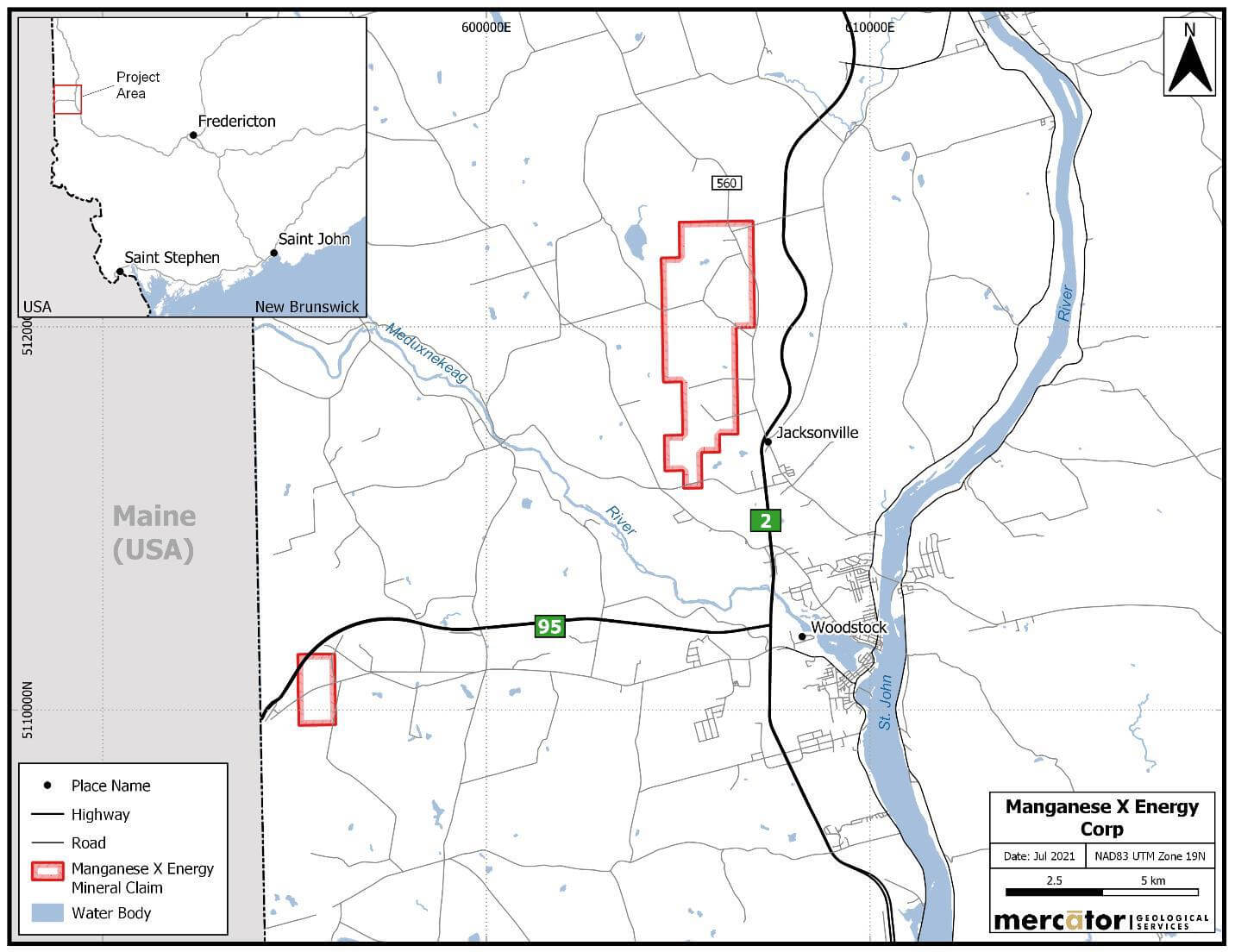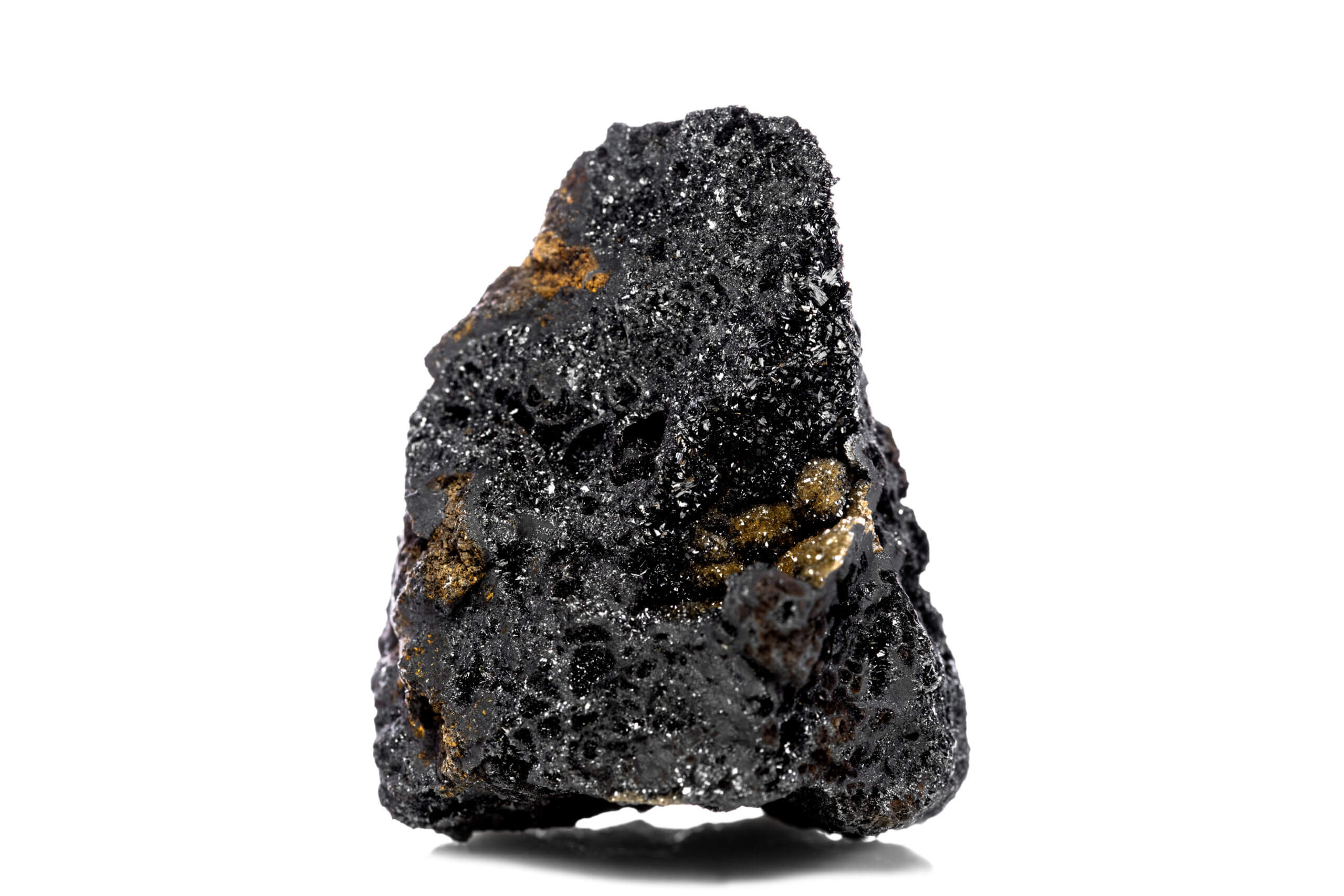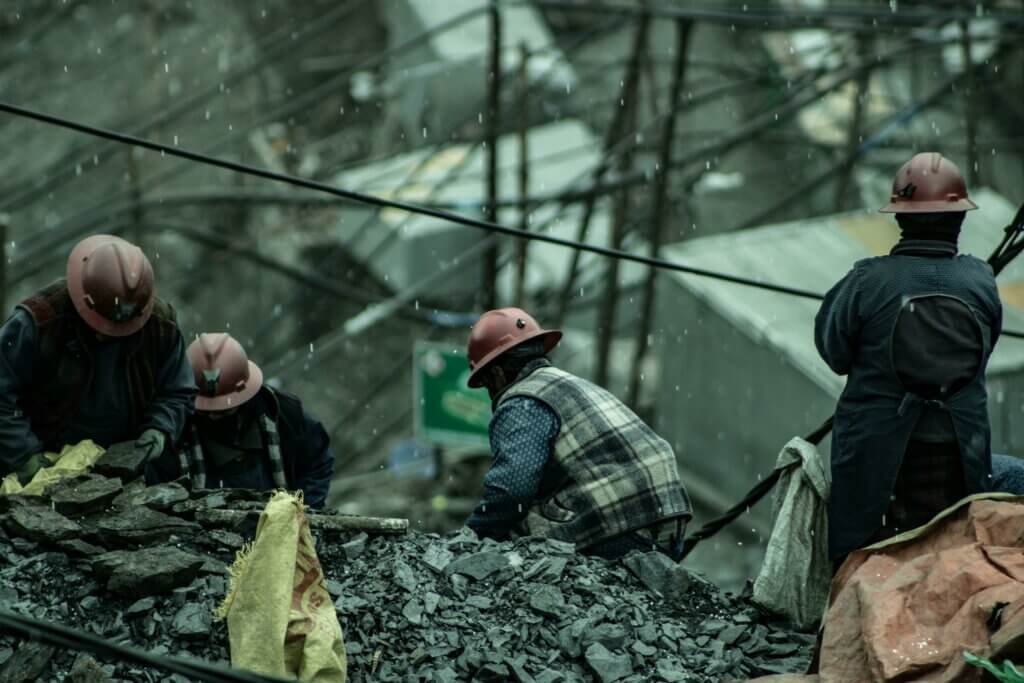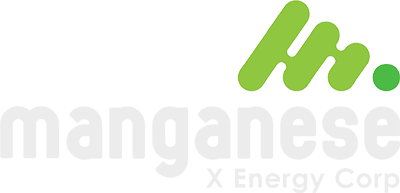Manganese X’s purpose is to be a responsible developer. Our foundational values are built on respect, trust and transparency.
Our targets as a responsible company are to:
Build trust
Gain your respect
Act transparently
MN wishes to engage on a regular basis with all the First Nation and surrounding communities of its Battery Hill Project (“Project”) and foster an on-going open dialogue. We hope this will give everyone the opportunity to have an enlightening and constructive exchange and will also provide you with an opportunity to get to know the MN Team.
So, we have decided to start a regular open exchange, providing you with some information which will help you get to know us, and also help you better understand what we are doing as well as why we are looking to do this. We understand that we cannot do any of work without you getting a better appreciation and understanding of the Battery Hill Project.
As the Project advances and MN progresses, we intend to post information every three months or so, to keep you up to date with Project developments, and what the next three months hold. Of course, we welcome your questions and wish to address your concerns.
WE CARE ABOUT WHAT YOU THINK. THAT’S WHY WE ARE HERE AND WE ARE LISTENING.
REACH US at: community@mnx.com and we commit to answer in a timely manner.

Manganese X was formed in 2016 specifically to develop a portion of the Woodstock, NB area manganese deposits which are unique in North America (north of the Mexican border). Our company is focused on developing our Battery Hill manganese deposit in an ethically and environmentally responsible manner. Our company has developed a novel metallurgical method to extract the manganese from the host rock, and one of the main attributes of this process is that it will have a low impact on the surrounding environment.
Manganese X Energy (MN) is a public Canadian company listed on the TSX Venture Exchange. Our head office is currently in Montreal.
Our principal team is comprised of:
⦁ Martin Kepman, our CEO, a research and development engineer
⦁ Roger Dahn, our Chair of the Board, a professional exploration geologist
⦁ Perry MacKinnon, our Vice-President Exploration, also a professional exploration geologist
The Board of Directors defines our strategy and outlines our Vision and our Mission.
All of our members are seasoned professionals, with extensive expertise in the understanding and specific use of critical minerals, and manganese in particular.
We are also a team of liked-minded individuals who share a common vision that to make a difference globally and contribute to building a better world where energy should be fairly available to all and the impact of climate, it is incumbent upon us to identify and develop minerals locally to help make this happen.
We are a team of people who are acutely aware of its responsibilities in developing the Battery Hill Project, and taking the steps to move it forward, aligned with all regulations and requirements, as well as with the cooperation and collaboration of all of its shareholders and stakeholders.
We are keenly aware that as the Battery Hill Project slowly progresses, the activities it generates at every stage of the lifecycle will have an impact on the Project’s surroundings, its environment, as well as the surrounding communities. We will address these, and in turn, identify with the help of other seasoned experts the best way to progress forward responsibly.
As we develop the Project, we also want to make sure we understand the socioeconomic landscape the Project is located in, as well as the priorities of the stakeholders, so that we can optimize the best way possible the footprint of our activities. Our mission is to build a business that is accountable, responsible, shares benefits and offers opportunities.
Mining is not new in the area where the MN Team is working, and activities can be traced back to first discoveries in 1836, and activities in the 1860s, primarily in the Iron Ore Hill area. Further exploration work commenced in the early 1950s by way of geophysical exploration and diamond drilling. During this exploration period the South Hartford, North Hartford, Plymouth, Moody Hill, and Sharpe Farm deposits were identified. Further exploration activities were carried out in 2010-2011.
MN’s activities commenced in 2016, and its claims extend from Lockhart Mill Road in the south to the Wakefield area in the north. The present plan is to develop the southern portion of this resource, locally known as the Moody Hill, and Sharpe Farm areas, just south of Iron Ore Hill Road.
Fig. 01 – Location map for the Battery Hill Property.

Manganese X holds 100% interest in Mineral Claim 5816 and Mineral Claim 5745 that are not contiguous with each other (Figure above). Both Mineral Claims are located in Carleton County, approximately 6 km west-northwest of the town of Woodstock, approximately 15 km east of the town of Houlton, Maine, USA, and approximately 105 km north of the city of Fredericton.
As defined under the New Brunswick Mining Act , minerals are generally owned by the Crown. Crown-owned minerals are property separate from the soil. This means that, a landowner owns the surface rights but does not own mineral rights.
While we are still at a very early stage of assessment, we acknowledge that the Battery Hill Project is located on private lands, and because of such, MN has already executed a number of land access agreements with private landowners to complete the exploration work on its mineral claims (diamond drilling). As we further consider additional exploration work and drilling, we will make sure to amend these land access agreements accordingly so that we may continue prospecting, geochemical surveys, ground geophysical surveys requiring line cutting, trenching, and all drilling activities.
We want to reassure you that these land access agreements will cover any land disturbance or other potential damage associated with the intended exploration work, and will be renewed on a regular basis, as required by law.
Manganese has been identified as a “Critical Mineral” by Natural Resources Canada. Globally and locally, we all need critical minerals, and the clean technology and energy sources they enable. They present a generational economic opportunity for Canada as well as for New Brunswick. Critical minerals help us address and manage climate change. New Brunswick is already seeing increases in the number of hot days, rainfall amounts, storm severity, and rise in sea level.
While manganese deposits are common throughout the planet, the Woodstock area where our Battery Hill Project is located contains manganese deposits of a rare carbonate variety and are ideal for our patented metallurgical process. Furthermore, our manganese is a carbonate ore that is much more environmentally friendly than a manganese oxide ore and can be mined with minimal deleterious effects on the environment.

The Preliminary Economic Assessment of the Project, completed in 2022 and available on our website, indicates a surface mining method consisting of several modest-sized quarries. Upcoming engineering studies may change the size and shape of this preliminary plan. A processing plant is planned on-site. Mining equipment will be the same as commonly seen in highway construction, and blasting is expected to occur just once or two times per week.
It is still very early days, and as we mention on our website and through Press Releases, there are a number of stage gates that need to be met and addressed, before we can even begin building and operating a mine.
Laboratory analysis of samples taken from the Project site indicates that waste rock and tailings will be non-acid generating. Residual metals in leachate are anticipated to be relatively minor and onsite mitigation will effectively remove trace metals below regulatory guidelines prior to release into the environment. This means that the impact on the environment will be limited, and there is no risk of acid drainage, and that we will not have any tailings ponds (instead we will use a process called “dry stacking”).
As early as 2020, an independent third-party specialised consultant has conducted a number of environmental baseline studies and has continued to do so. As we move forward, additional site-specific surveys will be carried out to provide information requirements for Project approvals and further detailed design.
Permits required are numerous, and public consultation is an integral part of the process… MN will follow all required steps of the process.
The Project will require development of an Environmental Management Plan (EMP). The EMP will cover the required authorizations and regulatory requirements, roles and responsibilities of the MN Team, environmental issues and protection measures, and finally contingency plans.
MN will ensure that all mitigation measures required will be carefully implemented including noise, wetlands and fish habitat, surface water and groundwater. Furthermore, before any mine development is caried out, all required federal, provincial and municipal approvals required will be obtained, including:
⦁ Mining lease (Feasibility Study)
⦁ Environmental Impact Assessment (EIA)
⦁ Approval to operate
⦁ Development permit
⦁ Water withdrawal permit
⦁ Watercourse and wetland alteration permit (if required)

There will no doubt be others.
All landowners and residences potentially impacted will be identified and the necessary steps will be taken to manage and mitigate our footprint and our impact. This will depend on where exactly the site will be developed, as well as access areas. Potential socio-economic benefits and opportunities will also be identified, including high-wage employment, local spending, and taxation.
Throughout the full process of activities, MN will endeavour to hold public open houses with all affected stakeholders, either “virtually” or in person, to make sure we share as much information as we have, and take on questions and concerns, so that they may be considered and included, as appropriate. Furthermore, as part of the required EIA, a comprehensive public consultation process will be conducted. This will include reaching out to all potentially affected First Nation Communities, landowners and residents, municipal government and regulators.

Your input will be included and addressed every step of the way. A public and stakeholder consultation program will be required as part of the EIA process, including a public open house, letters to potentially affected First Nations and landowners. All stakeholder concerns will be recorded, with responses, for the regulator.
As outlined in this Q & A, there are an important number of milestones and requirements that we need to prepare for and meet, before any construction is initiated. As stakeholders, you are all part of this process, and we will keep you apprised. As outlined, in several cases, prior public consultation will be carried out. This is why we would like to work with you to best understand your concerns and questions and address them and wherever possible manage and mitigate.
The ultimate success will depend on financing, permit applications, mining permits and the construction of all of the required facilities.
It is still very early days. Ideally, to achieve key milestones, we would like to target putting the Battery Hill Project into production in 2027/2028. We acknowledge that this will involve numerous technical and environment-related studies, as well as important stakeholder engagement that will include First Nations and community consultations and negotiations.
We want to open the dialogue early, as we continue to prepare for our upcoming Pre-feasibility Study.

